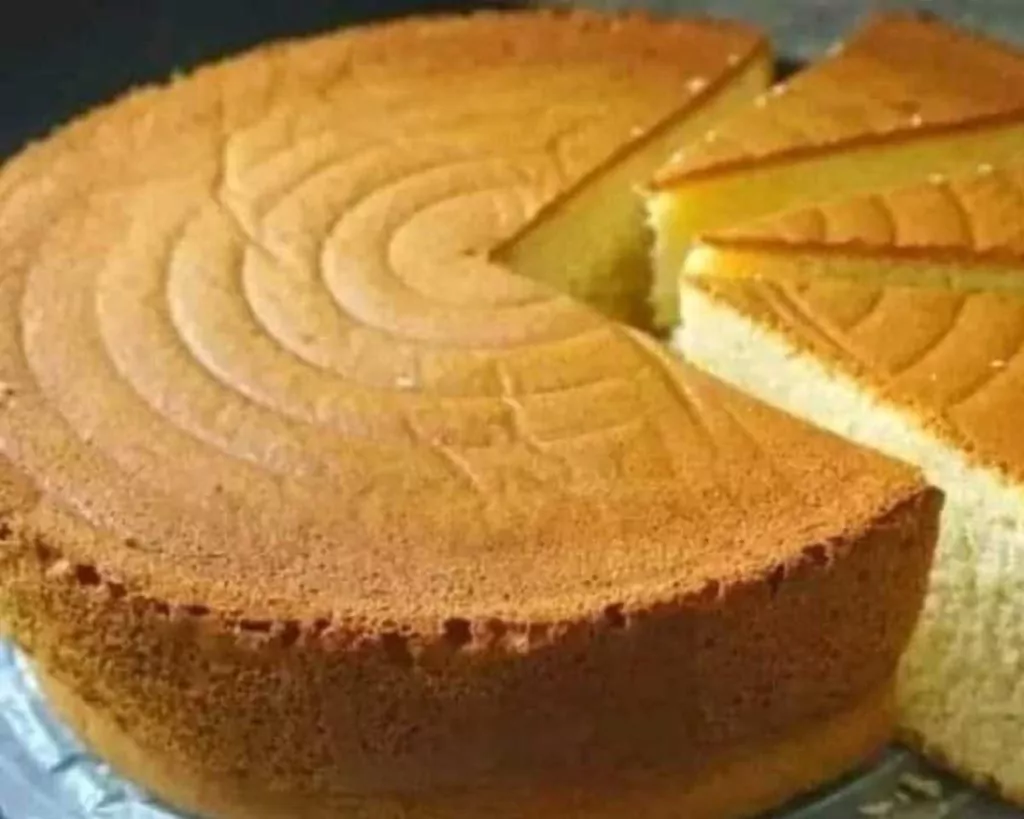In the realm of baking, mastering the art of cake-making is a triumphant endeavor. Whether it’s for a special occasion or a delightful indulgence, a perfectly baked cake is always a showstopper. This article unveils the secret recipe for crafting the best cake, ensuring sponginess, richness, and irresistible flavor in every bite.
Ingredients
1. Eggs
- Utilizing 3 eggs forms the foundation of the cake’s structure, lending both moisture and stability.
2. Milk
- 1 cup of milk adds creaminess to the batter, enhancing its texture and depth of flavor.
3. Oil
- Incorporating 1/2 cup of oil ensures moistness, resulting in a delectably tender crumb.
4. Sugar
- Sweetening the batter with 1 cup of sugar provides the perfect balance of sweetness, essential for a delightful taste.
5. Vanilla Essence
- Enhancing the flavor profile with 1 tablespoon of vanilla essence imparts aromatic warmth and richness to the cake.
6. Self-Rising Flour
- Using 2 cups of self-rising flour eliminates the need for additional leavening agents, simplifying the baking process.
7. Baking Powder
- Adding 1 tablespoon of baking powder contributes to the cake’s rise, resulting in a light and fluffy texture.
Instructions
1. Preparing the Oven
- Before embarking on the cake-making journey, preheat the oven to a minimum of 160°C to ensure even baking.
2. Preparing the Mold
- Grease and flour the cake mold thoroughly to prevent sticking. Coating the mold with butter and flour guarantees easy release post-baking.
3. Mixing the Ingredients
- Begin by beating each ingredient thoroughly to achieve a smooth and homogeneous batter. Start with the liquid ingredients, followed by the dry ingredients, ensuring each addition is well incorporated.
4. Pouring the Batter
- Once the batter is mixed to perfection, pour it into the prepared mold, ensuring an even distribution for uniform baking.
5. Baking
- Bake the cake in the preheated oven for approximately 50 to 60 minutes. Avoid opening the oven prematurely to prevent the cake from collapsing.
6. Testing for Doneness
- To determine if the cake is ready, observe the color of the top surface. A golden brown hue indicates that it’s perfectly baked.
7. Finishing Touches
- Upon removing the cake from the oven, sprinkle it with sugar to add a hint of sweetness. Allow the cake to rest in the warm oven for a while to facilitate melting.
Additional Tips and Tricks
- Refer to the accompanying images for a visual guide and extra insights to elevate your cake-making skills to perfection.
Conclusion
Mastering the art of baking the perfect cake requires precision, patience, and a touch of creativity. By following this foolproof recipe and incorporating the provided tips, you’re guaranteed to delight your taste buds and impress your guests with a heavenly treat.
Unique FAQs
- Why is it important to beat each ingredient thoroughly?
- Beating ensures proper incorporation of ingredients, resulting in a smooth and uniform batter, essential for a perfect cake texture.
- Can I substitute self-rising flour with all-purpose flour?
- While possible, using self-rising flour simplifies the recipe and guarantees optimal leavening, resulting in a lighter cake.
- What if I don’t have vanilla essence?
- Vanilla essence adds depth of flavor, but you can substitute with other flavor extracts or omit it altogether if necessary.
- Why should I avoid opening the oven during baking?
- Opening the oven prematurely can cause the cake to collapse due to temperature fluctuations, impacting its texture and rise.
- How can I ensure my cake is perfectly baked?
- Use visual cues such as color and texture to gauge doneness, and rely on a toothpick test to ensure the center is cooked through.


